The Health Box
A Freemium Telehealth App (Patient Interface)
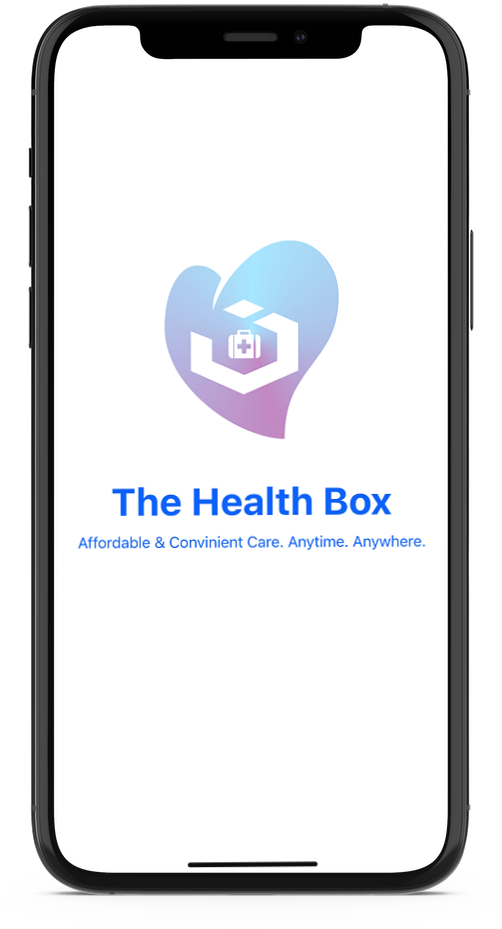
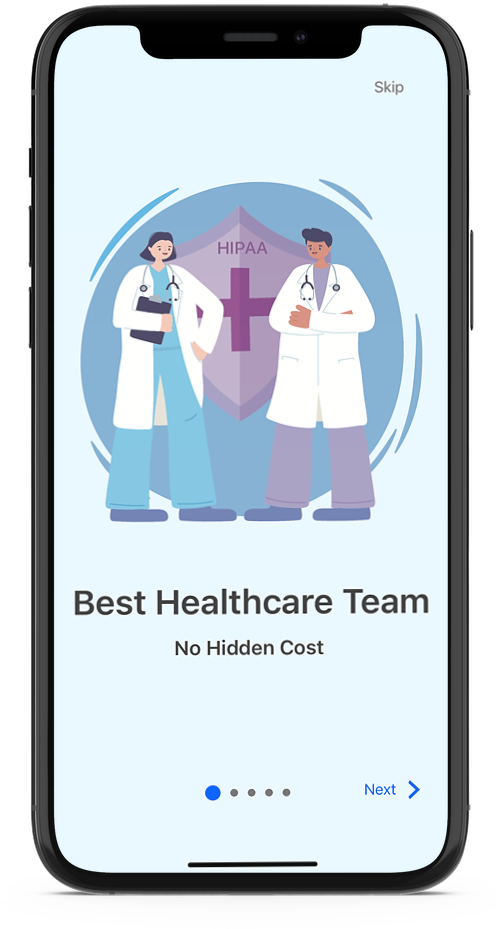
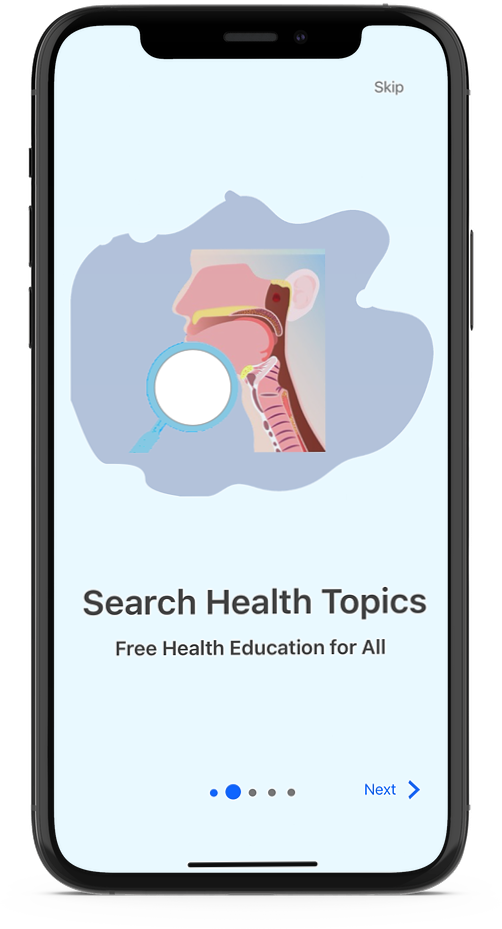
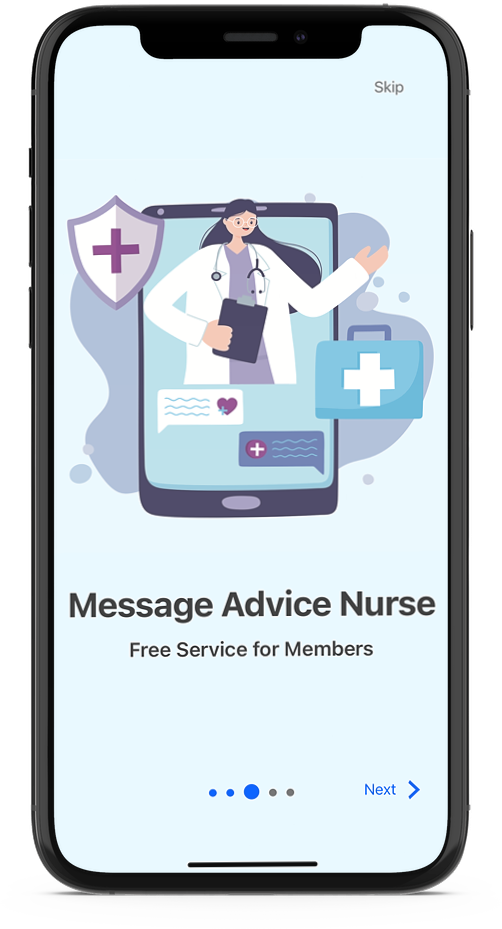
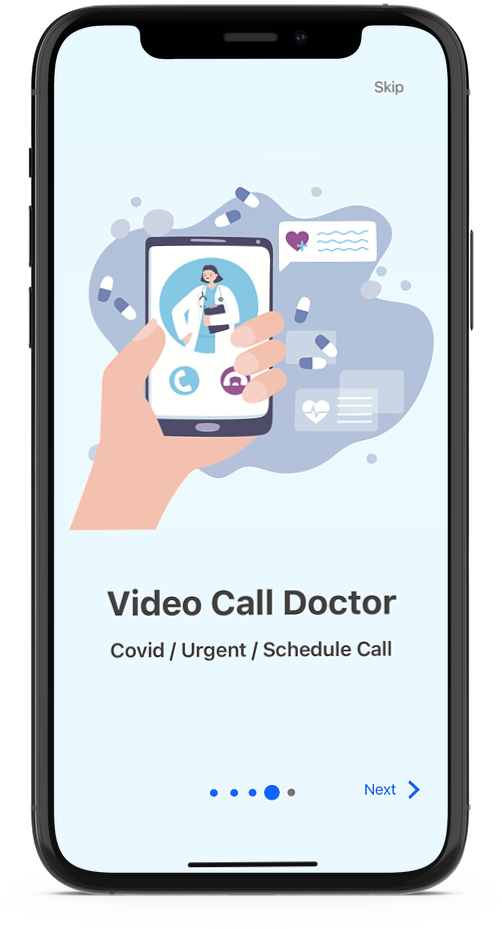
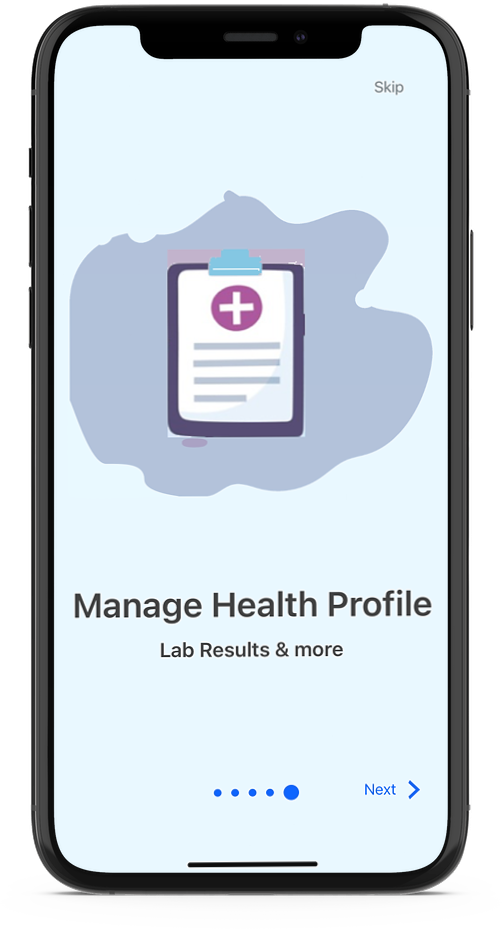
Project Overview
Context: Current healthcare system is not efficient and as a result, patients are not getting quality care. The doctors are overworked and not able to give enough time to the patients.
Telehealth had a set of challenges like social acceptance, regulatory approvals, and technological roadblocks. Whereas, now due to the ongoing pandemic, Telehealth with improved technology is gaining popularity, social acceptance due to relaxed federal and medicare rules.
Duration: 8 Months
Role: UX Researcher/UX Designer/Product Designer
Methods: Competitive Analysis, Survey, User Interviews, Personas, Affinity Mapping, User Journey Maps, User Task Flow, Card Sort, Site Map, Content Auditing, Prototyping, User Testing, Preference Test, Rainbow Spreadsheet, Iterations, Styleguide, Retrospection
Tools: Google form, Optimal Card Sort, Balsamiq, Sketch, InVision, Rainbow Spreadsheet, Usability Hub
Problem statement
Most people are not using Telehealth for many non-emergency Telehealth suitable medical needs due to lack of trust in the quality of care, missing personal touch, being hard to use, and many other reasons.
Goal
How might we craft a digital product to improve the ease of use and overall satisfaction that will make users more likely to stick to Telehealth for their non-emergency needs?
Potential Solution
Build an easy-to-use and convenient Telehealth app solution for an easy transition from an in-person doctor visit to a Telehealth app video visit for all non-emergency Telehealth suitable medical needs.
Hypothesis
We will know this to be true when we see a decrease in time for users to complete the task successfully and improve overall user satisfaction.
Success Metrics
Ease of use-measure time to complete the task and satisfaction ratings
Business Model
Sustainable framework inspired by the book “Hooked”- How to Build Habit-Forming Product by Nir Eyal with Ryan Hoover
Freemium monetization Model
App Features:
Health Education (Free for All), Message Advice Nurse (Free for Members), Video Call Doctor (Paid Services: Covid, Urgent and Scheduled Video Visit)
Target Users:
People 18 to 65 Years of age

Design Thinking Process
Map current traditional care model and current Telehealthcare delivery
People’s Band-aid/workaround solutions(Gaps/Opportunities)
Reimagine care delivery through Telehealth for all non-emergency medical needs

1. Discover
a list of potential problems with traditional in-person care as well as in Telehealth (opportunities)
1.1 Competitive Analysis
Market Research
The current need is for a sustainable and flexible healthcare framework because of the low reimbursement and the high healthcare cost factor, improving access to doctors.
Integrating Telehealth as a part of a care model can increase ROI, efficient patient care, preventive care, and better resources utilization benefits.
Lemonaid Health
Affordable, Easy to use sleek interface, Convenient but not easy to find and offers limited services
American Well (Amwell)
24/7 Access to the doctors for various Healthcare services without needing an appointment, covered by many insurance plans and employers, available in all 50 US states, HIPAA compliant, Accredited by American Telemedicine Association
1.2 User Survey
Quantitative and Generative Research Method, Tool: Google Form
Note
For the survey, a small sample is needed to represent a larger population and also randomized selection. Due to the time-bound project scenario and lack of access to more users, this sample is not accurate for the context of Telehealth! With more time and access to more users/resources, I would calculate the sample size using a sample calculator and randomized selection to capture the true representatives of the target population and statistically significant results.
Sampling factors: Confidence level, Confidence interval (Margin of Error), Total population Size
.The Combination of User Survey (Quantitative research method) and User Interviews (Qualitative Research Method) is more appropriate to use in this context and time-bound scenario. However, The Contextual inquiries research method is more useful in this scenario to uncover deeper insights.
Research Goals
Users’ Current Situation (Competitors, Workarounds, Consequence, Cost): To uncover perceptions, general attitudes, and experiences about Telehealth services and traditional medical care.
Desired Change (Goals, Motivation, and Values): To determine what user wants to accomplish during their visits to the doctor.
Roadblocks (Objections, Questions, and Concerns): To document users’ frustration with medical services (face-to-face visits, emails, audio/video phone calls, chats).
1.3 User interview (Remote and In-Person)
Foundational and Explorative Qualitative Research Method
I interviewed three potential users with recent experience using healthcare services in-person doctor visits and/or video calls. The interviewees comprise HMO, PPO insurance subscribers, uninsured individuals, and a mix of tech and non-tech-savvy individuals. I refrained from making any assumptions and closely observed interviewees' behavior and attitudes, and recorded the terms they used.
Sampling Strategy: For this study, a total of at least eight participants were needed to reach “Saturation” because of the unstructured study and I don’t know what insights I might get and which direction this study may take me.
Key Insights: Quality of care and ease of use (primary concerns with the Telehealth app), high hidden costs, limited access to doctors (problems with the current healthcare system), lack of informed medical care, and the absence of a streamlined process.
People avoid going to the doctor and look for alternatives like alternative medicine, quick advice, internet searching, asking friends/ support groups, email, messages, home remedies, etc. Still, these things have their own limitations like accuracy and reliability of the information, unnecessary confusion, delayed effective care, etc.
1.4 Affinity Map
Qualitative And Generative Research Method, Synthesis: Themes, Key Insights, and Solutions
Organizing Data
Survey Results and Interview Results
Seven Main Themes: Holistic Care, Convenience, In-person Doctor Visits, Choosing Doctor, Video Calls, Manage Health Information, Cost Factor
Key Insights
People want to stay informed but don’t want to get overwhelmed by a lot of information.
The people want convenience, flexibility, affordability, and quality of care with trust and empathy.
Solutions
Health Education feature
Easy to use interface for the app that mimics in-person doctor visits to enhance familiarity
Create empathy and trust
24/7 Direct access to the doctors and specialists from anywhere

2. Define
2.1 Personas: Meet Jane Smith and Neil Patel
Qualitative and Generative Research Method
Jane Smith is an uninsured, non-tech Savvy, budget-conscious individual and due to her Kidney stone condition, she prefers Urgent Visits.
Neil Patel is an insured, tech Savvy, flexibility concerned person and prefers scheduled Visits for his chronic back pain issue.
2.2 User Scenarios, User Journey Maps, and User Task Flows
These three main features are Health Education, Message Advice Nurse, and Video Call Doctor based on internet browsing symptoms, quick advice-seeking behavior, avoiding urgent care due to cost factors, and trust-comfort-flexibility-doctor’s availability issues while scheduling an appointment.
Then, I have created user scenarios, journey maps, and user flows to know about who are the potential/ most common users, what they are trying to achieve by using the product (goals), how, why, and where (context, use at home or on the go) they want to use the product (needs/motivation)
2.3 Site Map: Open Card Sort Technique
To modify the site map by improving labeling, grouping, and organizing information with a user-centered approach
Revised Site Map After Open Card Sort

3. Develop
3.1 Low Fidelity Prototype
To get a high-level picture of the user flow
3.2 Mid-Fidelity Prototype: User Onboarding
Tool: Balsamiq
3.3 Usability Test
Qualitative and Evaluative Research Method
Sampling strategy: The Adequate no. of sessions to reach “saturation,” tested five mobile users participants (“User Group” strategy to recruit participants based on different user behavior). However, a total of eight users were needed four users from the new users’ group and four users from the existing users’ group.
Asking Participants to go through the product and you’re uncovering pain points
Beneficial to validate the initial hypothesis and its possible practical solutions
Affinity map
3.4 Design Evolution and Iterations
Based on the site map details, I have developed wireframes paper Sketches for the app to understand the basic app functionality.
After the low and mid-fidelity prototypes, I established a grayscale high fidelity prototype for mobile using Sketch and InVision tools to stay focused on the UX part and develop smooth user flow without getting caught up in UI details at this point.
Next, I developed visual design mock-ups with a style guide & keeping accessibility in mind. With the help of peer review and constructive feedback, I did the next iteration.
Create Account, Sign In & Guest User Screen
Home Screen

4. Deliver
4.1 Styleguide
4.2 Video Walkthrough and Clickable Prototype

5. Retrospect
What went well?
With time and resource constraints, I was able to develop a case study through user research processes for a freemium Telehealth product (user-centric approach with business in mind).
What didn’t go well and What could I improve?
With the limited time and lack of access to the users needed for this study, I realized that if I narrowed down the scope of the study and solve the specific problem then I will have statistically significant and accurate results.
Create Account/Sign In/Continue as Guest User
Informed Consent
Upcoming Call Screen (Empty State)
Message Advice Nurse
Incoming Video Call
Like My Work? Hire Me!
Because you and the people you serve to deserve the best!











































